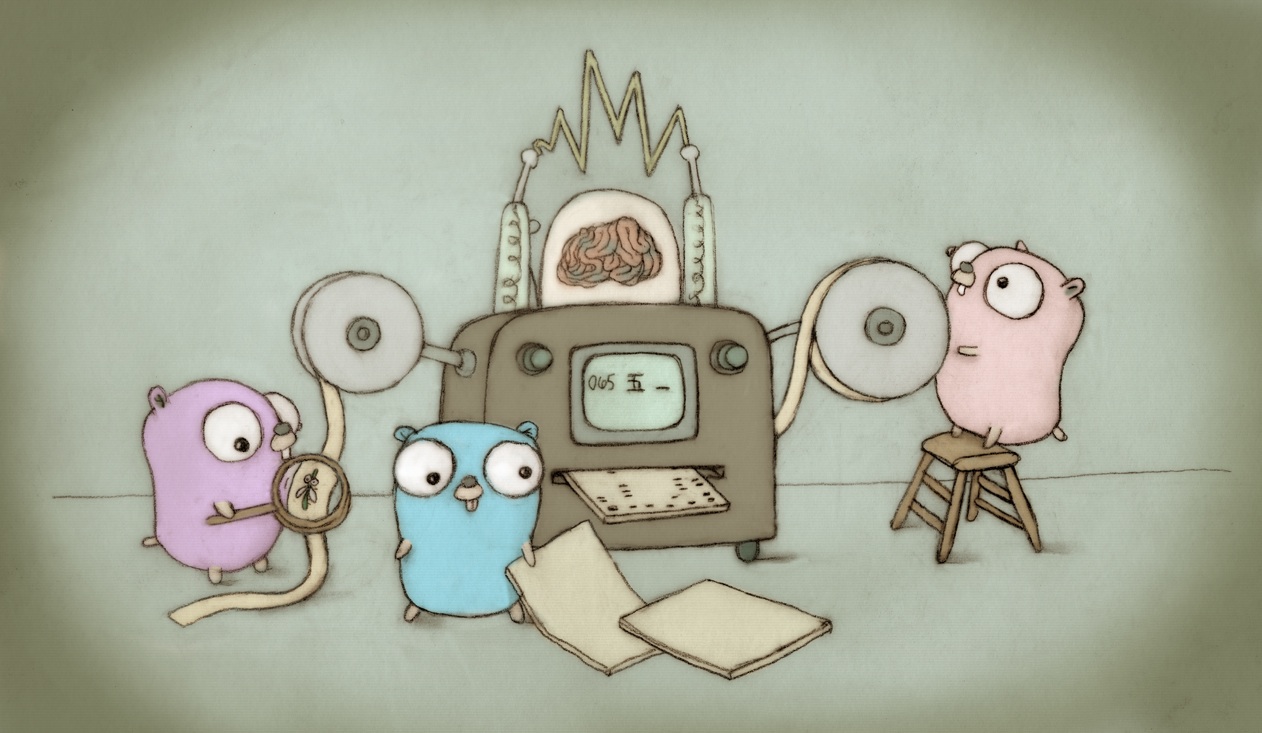The call sites that cared all reversed inner-to-outer to outer-to-inner already.
The ones that didn't care left it alone. No one explicitly wanted inner-to-outer.
Also change to a callback-based interface, so that call sites aren't required
to accumulate the results in a slice (the main reason for that before was to
reverse the slice!).
There were three places where these lists were printed:
1. -d=ssa/genssa/dump, explicitly reversing to outer-to-inner
2. node dumps like -W, leaving the default inner-to-outer
3. file positions for HashDebugs, explicitly reversing to outer-to-inner
It makes no sense that (1) and (2) would differ. The reason they do is that
the code for (2) was too lazy to bother to fix it to be the right way.
Consider this program:
package p
func f() {
g()
}
func g() {
println()
}
Both before and after this change, the ssa dump for f looks like:
# x.go:3
00000 (3) TEXT <unlinkable>.f(SB), ABIInternal
00001 (3) FUNCDATA $0, gclocals·g2BeySu+wFnoycgXfElmcg==(SB)
00002 (3) FUNCDATA $1, gclocals·g2BeySu+wFnoycgXfElmcg==(SB)
v4 00003 (-4) XCHGL AX, AX
# x.go:4
# x.go:8
v5 00004 (+8) PCDATA $1, $0
v5 00005 (+8) CALL runtime.printlock(SB)
v7 00006 (-8) CALL runtime.printnl(SB)
v9 00007 (-8) CALL runtime.printunlock(SB)
# x.go:5
b2 00008 (5) RET
00009 (?) END
Note # x.go:4 (f) then # x.go:8 (g, called from f) between v4 and v5.
The -W node dumps used the opposite order:
before walk f
. AS2 Def tc(1) # x.go:4:3
. INLMARK # +x.go:4:3
. PRINTN tc(1) # x.go:8:9,x.go:4:3
. LABEL p..i0 # x.go:4:3
Now they match the ssa dump order, and they use spaces as separators,
to avoid potential problems with commas in some editors.
before walk f
. AS2 Def tc(1) # x.go:4:3
. INLMARK # +x.go:4:3
. PRINTN tc(1) # x.go:4:3 x.go:8:9
. LABEL p..i0 # x.go:4:3
I'm unaware of any argument for the old order other than it was easier
to compute without allocation. The new code uses recursion to reverse
the order without allocation.
Now that the callers get the results outer-to-inner, most don't need
any slices at all.
This change is particularly important for HashDebug, which had been
using a locked temporary slice to walk the inline stack without allocation.
Now the temporary slice is gone.
Change-Id: I5cb6d76b2f950db67b248acc928e47a0460569f9
Reviewed-on: https://go-review.googlesource.com/c/go/+/493735
TryBot-Result: Gopher Robot <gobot@golang.org>
Reviewed-by: David Chase <drchase@google.com>
Run-TryBot: Russ Cox <rsc@golang.org>
|
||
|---|---|---|
| .github | ||
| api | ||
| doc | ||
| lib/time | ||
| misc | ||
| src | ||
| test | ||
| .gitattributes | ||
| .gitignore | ||
| codereview.cfg | ||
| CONTRIBUTING.md | ||
| go.env | ||
| LICENSE | ||
| PATENTS | ||
| README.md | ||
| SECURITY.md | ||
The Go Programming Language
Go is an open source programming language that makes it easy to build simple, reliable, and efficient software.
 Gopher image by Renee French, licensed under Creative Commons 4.0 Attributions license.
Gopher image by Renee French, licensed under Creative Commons 4.0 Attributions license.
Our canonical Git repository is located at https://go.googlesource.com/go. There is a mirror of the repository at https://github.com/golang/go.
Unless otherwise noted, the Go source files are distributed under the BSD-style license found in the LICENSE file.
Download and Install
Binary Distributions
Official binary distributions are available at https://go.dev/dl/.
After downloading a binary release, visit https://go.dev/doc/install for installation instructions.
Install From Source
If a binary distribution is not available for your combination of operating system and architecture, visit https://go.dev/doc/install/source for source installation instructions.
Contributing
Go is the work of thousands of contributors. We appreciate your help!
To contribute, please read the contribution guidelines at https://go.dev/doc/contribute.
Note that the Go project uses the issue tracker for bug reports and proposals only. See https://go.dev/wiki/Questions for a list of places to ask questions about the Go language.